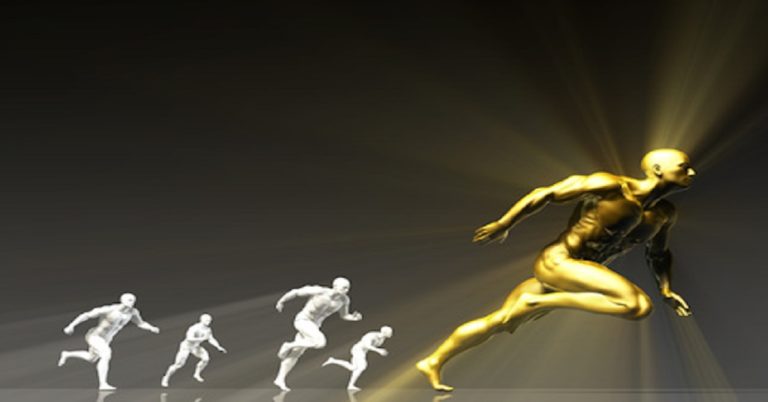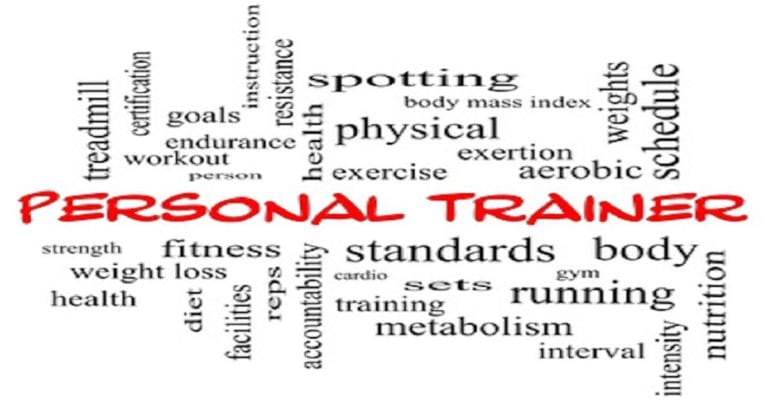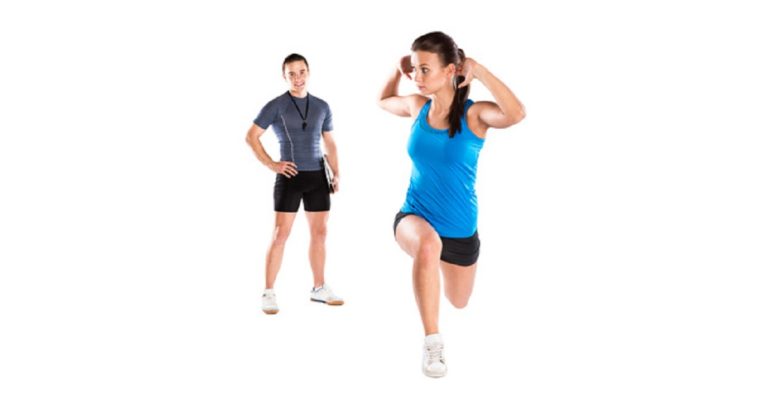I’ve been in the business of personal training for 20 years, and during that time I’ve seen far too many trainers come and go. On one end, there are people who want to get into the business but don’t know where to start. On the other end, there are trainers who have been in business…
Here’s a roundup of our most popular articles from 2016. If you missed any of these gems, now’s your chance to catch up! Should The Knees Pass The Toes When Squatting? Learn how full squats can improve function, protect against injuries, and build more muscle.https://theelitetrainer.com/should-the-knees-pass-the-toes-when-squatting/ Foam Rolling and Pain Usually in training we say, “If…
Every personal trainer has heard this line a thousand times: “I need to start working out. I’m going to come see you.” Most people never follow through. At a recent party, my wife and I ran into someone we hadn’t seen in a while. Sure enough, he uttered those famous words—but not before this exchange:…
Today, more training tools are available to personal trainers than ever before. How do you decide what equipment is best? It depends on the situation. Take resistance training, for example. As far as I’m concerned, free weights reign supreme. Whenever I’m asked about a particular machine, my response is always the same: Get yourself a…
Staying up to date with scientific research can provide valuable insights for health and fitness professionals. If you’re a personal trainer, here are some recent findings that can help you stay ahead of the pack: 1. Recruit Fast-Twitch Muscle Fibers for Rehab and Performance Lovering performed muscle biopsies of the rotator cuff and found the…
Your worth as a personal trainer is directly proportional to your knowledge. If you want to succeed in this industry, you need to allocate time every year for continuing education. The more you learn, the more you earn! Now is a great time to plan your education for the year. Here are some resources to…
Every day, we make thousands of choices—some big, some small—and every one of them can influence our lives. Even the most minor decision can have a major impact. Before an early morning workout, for instance, you can choose to go out partying all night, or you can choose to go to bed early. You can…
I was recently asked about my thoughts on the Functional Movement Screen (FMS). While I believe the FMS has some value, I don’t see it as the ultimate method for assessing movement patterns. Every individual and situation is different, and any functional assessment should be appropriate for the specific case—if it’s performed at all. In…
If someone watches you while you train, your performance will improve. This is known as the Hawthorne effect (also referred to as the observer effect), and it’s one of the key benefits of personal training. The Science Behind Supervised Training A study published in Medicine & Science in Sports & Exercise examined the impact of…
My eldest client is 87 years young, and I’ve had the privilege of training her twice a week since 1998. When we first met, she was showing early signs of osteopenia, and her doctor recommended weight-bearing exercise. I got the call, and since then, bone health has never been an issue for her. She’s thriving…










